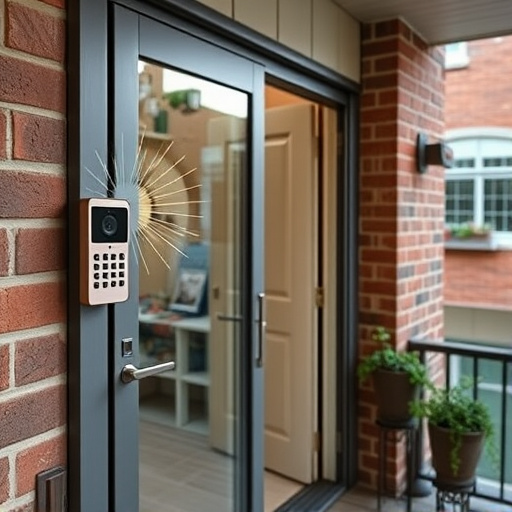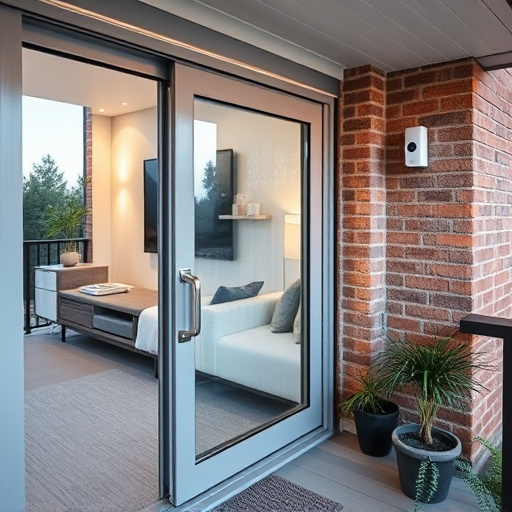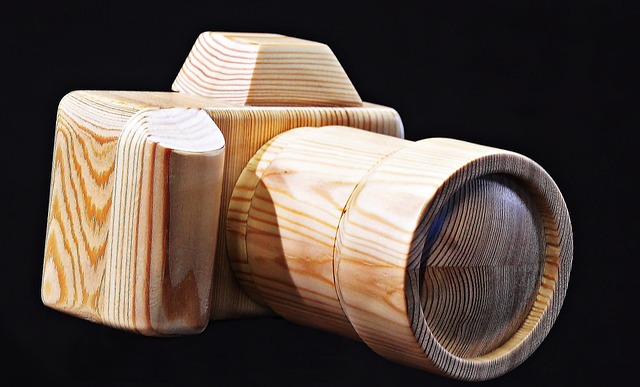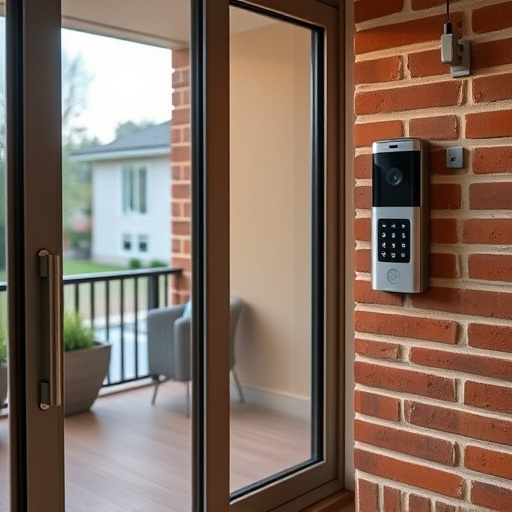Selecting the right security camera requires assessing your home's unique risks and needs. Identify high-risk areas for optimal camera placement, focusing on resolution (HD/4K), night vision, accurate motion detection, and seamless integration with your home automation system. Choose between wireless or wired cameras, modern features like hyperlapse, and advanced options like facial recognition for the ideal home camera or best security system.
Selecting the right security camera is crucial for ensuring your home’s safety. This comprehensive guide will walk you through the process of choosing security cameras effectively. First, understand your home’s unique security needs by assessing risks and defining priorities—from entrance points to valuable assets. Then, explore various camera types: wireless vs. wired, indoor, outdoor, PTZ, and fixed, each with distinct features.
Key considerations include resolution, night vision, motion detection, cloud storage, and two-way audio. Learn how to integrate cameras with home automation systems for a best-in-class security setup, offering both convenience and peace of mind. Discover the benefits of a centralized system and explore essential security measures to protect your data and ensure reliable monitoring.
- Understanding Your Home's Security Needs
- – Assessing your home's security risks and vulnerabilities
- – Defining coverage areas and priorities (e.g., entrance points, valuable assets)
- Types of Home Security Cameras and Their Features
Understanding Your Home's Security Needs

Before selecting a security camera, it’s crucial to understand your home’s specific security needs. Consider factors such as the size and layout of your property, areas that require close monitoring (like entry points or valuable asset locations), and potential risks like theft, vandalism, or intrusions. The right security camera should offer clear, detailed footage and be positioned strategically to capture all relevant zones.
Choosing the best security system involves evaluating key features including resolution (HD or 4K for sharper images), night vision capabilities, motion detection accuracy, and storage options. An ideal home camera integrates seamlessly with your existing home automation system, allowing for centralized control and real-time alerts. This ensures you stay informed about your property’s security status at all times.
– Assessing your home's security risks and vulnerabilities

When selecting home security cameras, it’s crucial to first assess your home’s unique security risks and vulnerabilities. Consider the areas most susceptible to potential threats—back doors, windows, driveways, and outdoor perimeters are common points of entry for intruders. Understanding these weaknesses helps in determining the ideal placement for security cameras. For instance, a motion-activated camera near the garage or a wide-angle lens covering the front entrance can significantly enhance your home’s defenses.
Choosing the right security camera involves matching its features to your specific needs. High-resolution footage is essential for clear images and detail during surveillance, while night vision capabilities ensure round-the-clock monitoring. Additionally, looking for cameras with advanced motion detection and two-way audio enhances your ability to respond swiftly to any potential incidents. Integrating these considerations into your home security selection ensures a robust system tailored to protect your property effectively.
– Defining coverage areas and priorities (e.g., entrance points, valuable assets)
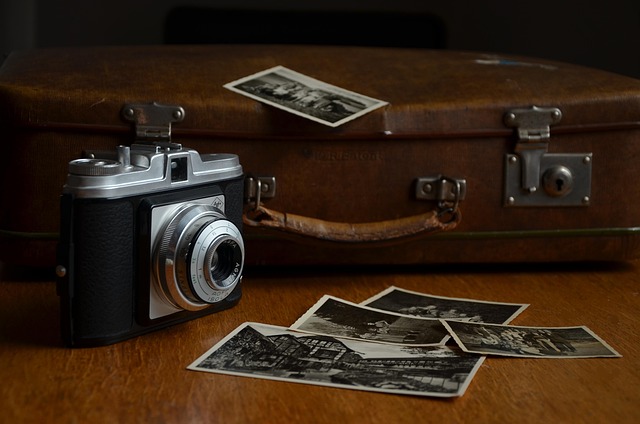
When selecting home security cameras, defining your coverage areas and priorities is a crucial first step. Identify high-risk areas like entrance points (doors and windows), valuable assets (such as jewelry or electronics), and common problem spots within your property. This strategic approach ensures that you’re installing the right security camera in the right place, maximizing both visibility and prevention. By focusing on these key areas, you can create an effective security system tailored to your home’s unique needs.
Choosing the ideal home camera involves considering factors like image quality (HD or 4K resolution), night vision capabilities, motion detection accuracy, and storage options. Ensure the cameras offer clear and detailed footage at all times, especially during low-light conditions. Advanced features like two-way audio and integration with smart home systems can also enhance your security experience. Remember, the best security system is one that seamlessly blends into your environment while providing comprehensive protection.
Types of Home Security Cameras and Their Features

When selecting the right security camera for your home, understanding the various types and their unique features is key to making an informed decision. Wireless cameras offer flexibility with easy installation and remote access, while wired systems typically provide higher resolution and more stable connections. Hyperlapse technology in modern cameras allows for time-lapse videos, helping you monitor activity over extended periods.
Smart security cameras are a popular choice as they integrate seamlessly with home automation systems, offering motion detection, facial recognition, and real-time alerts via your smartphone. Some models even include night vision, water resistance, and two-way audio capabilities. Choosing the ideal home camera depends on your specific needs, be it a best security system for comprehensive coverage or an effective security camera focused on entry points.

